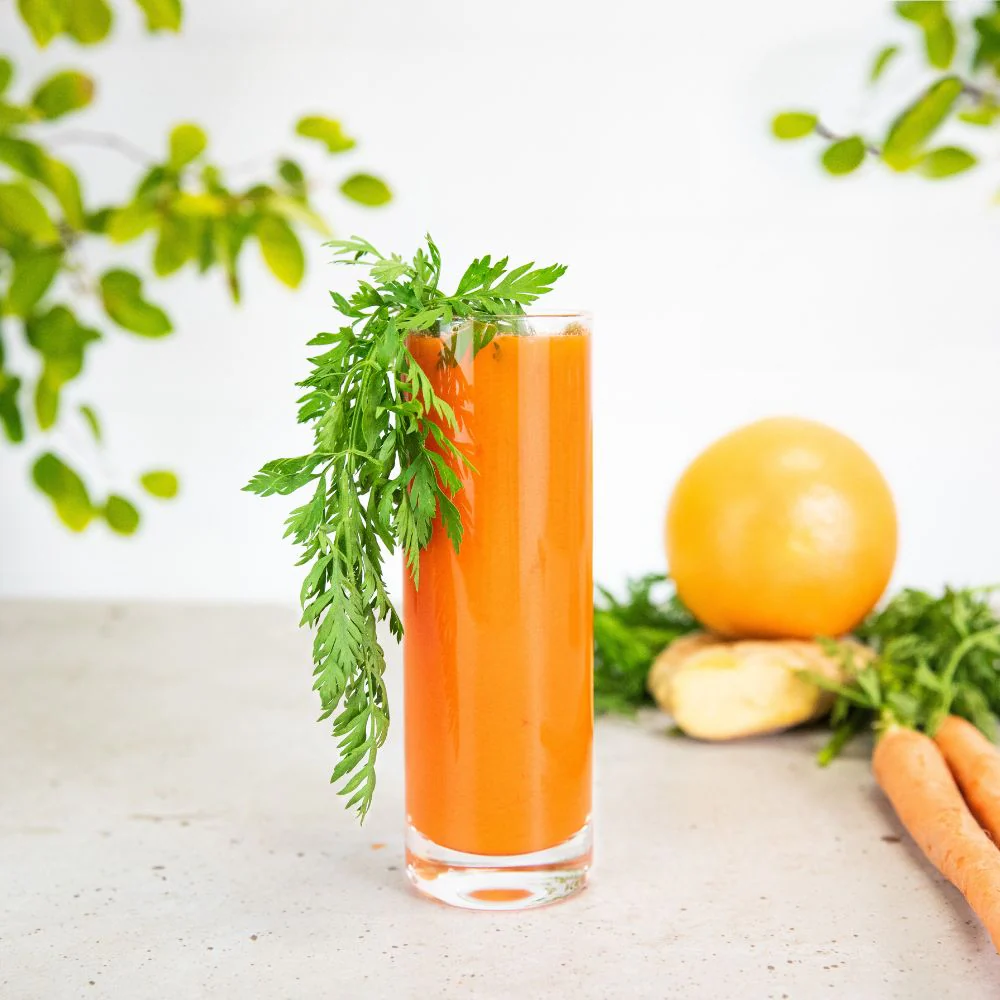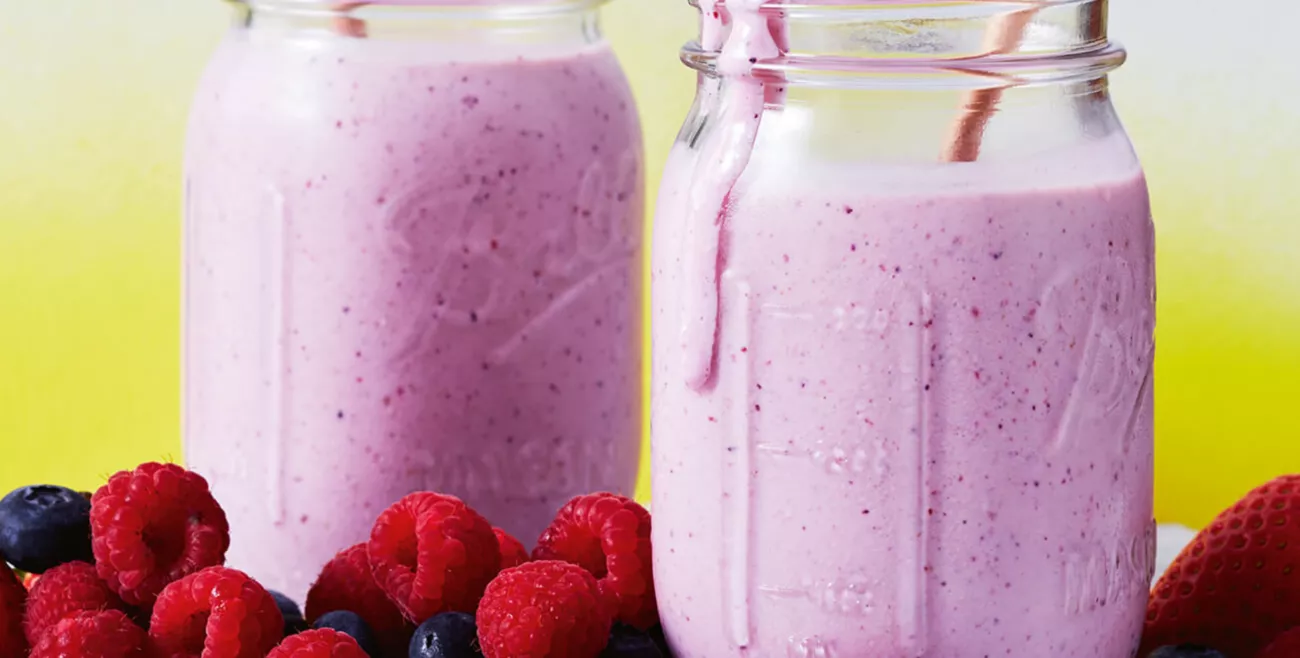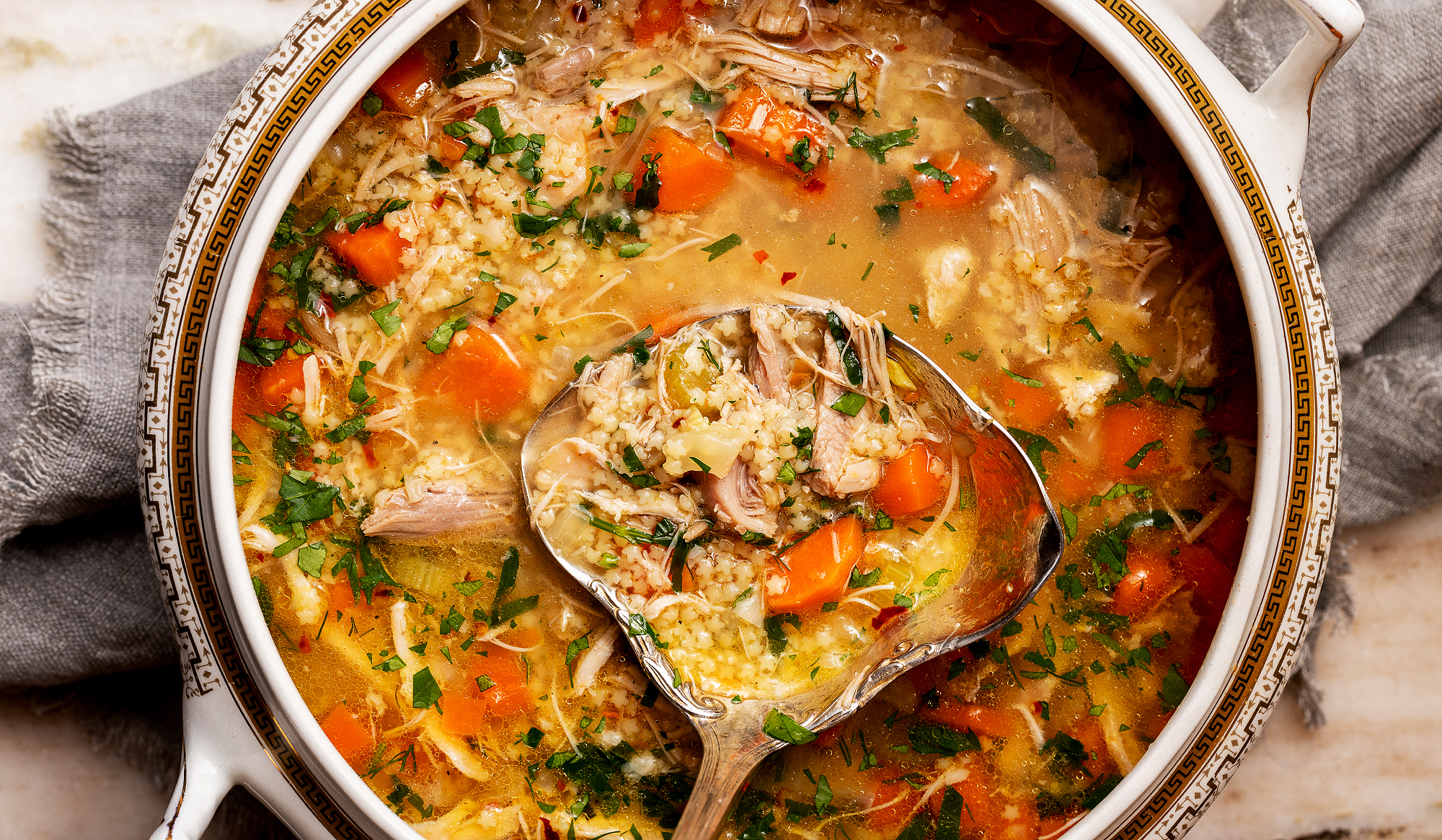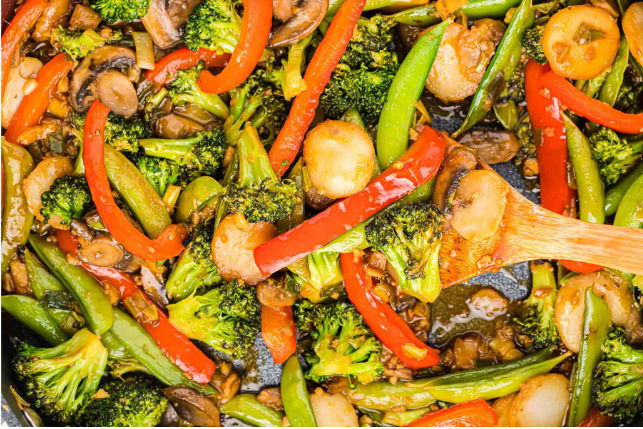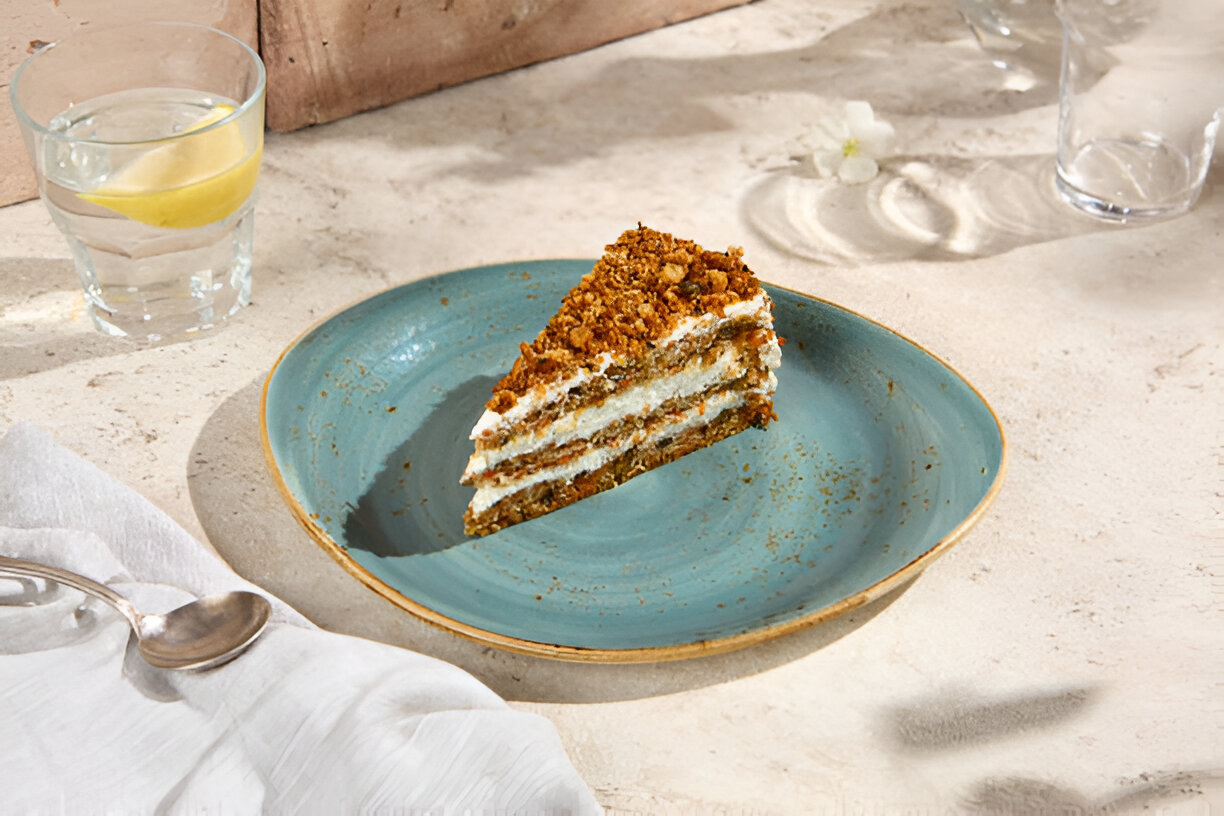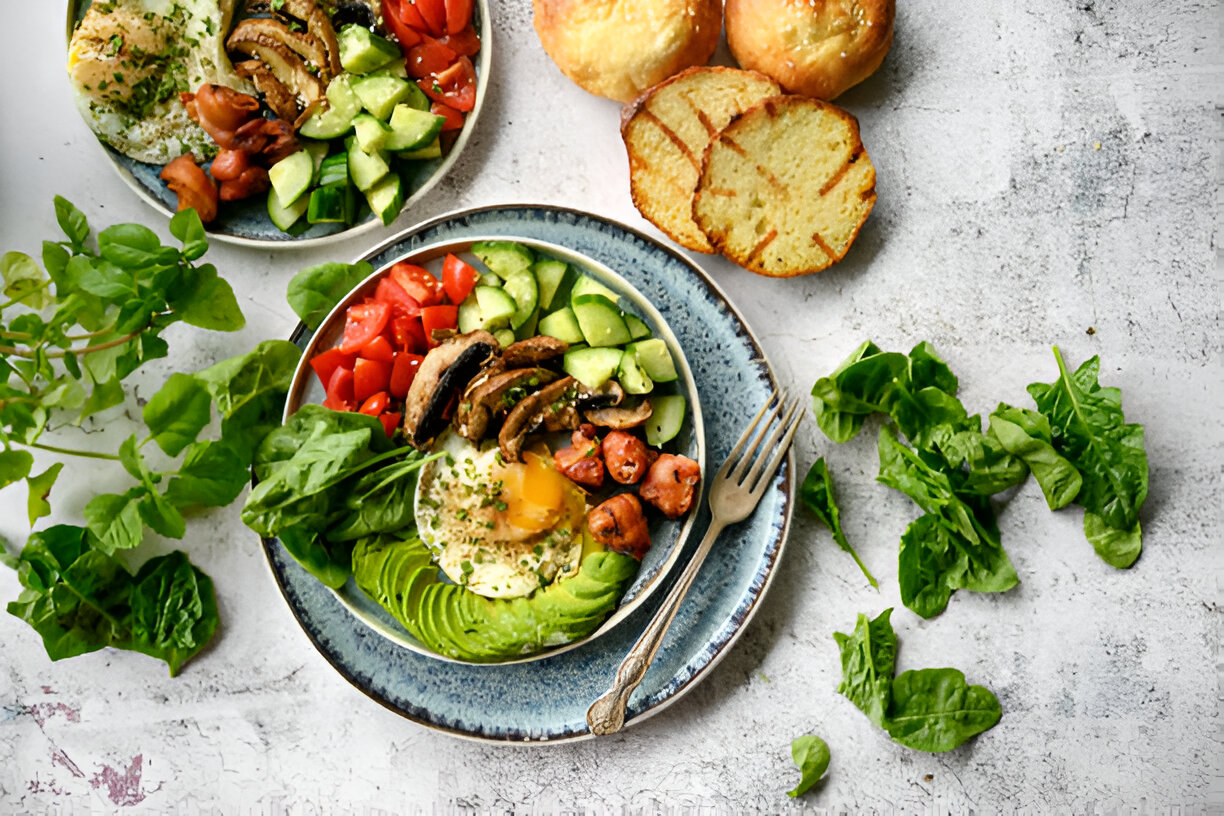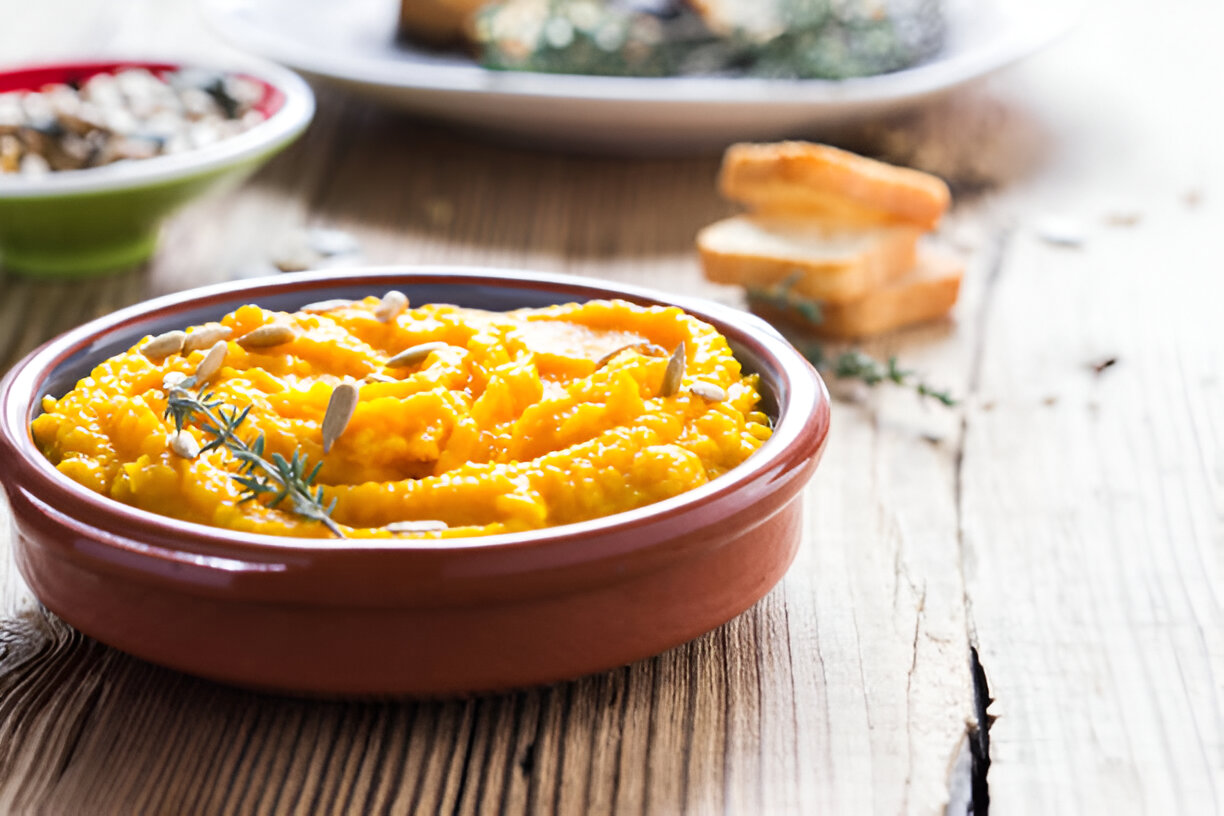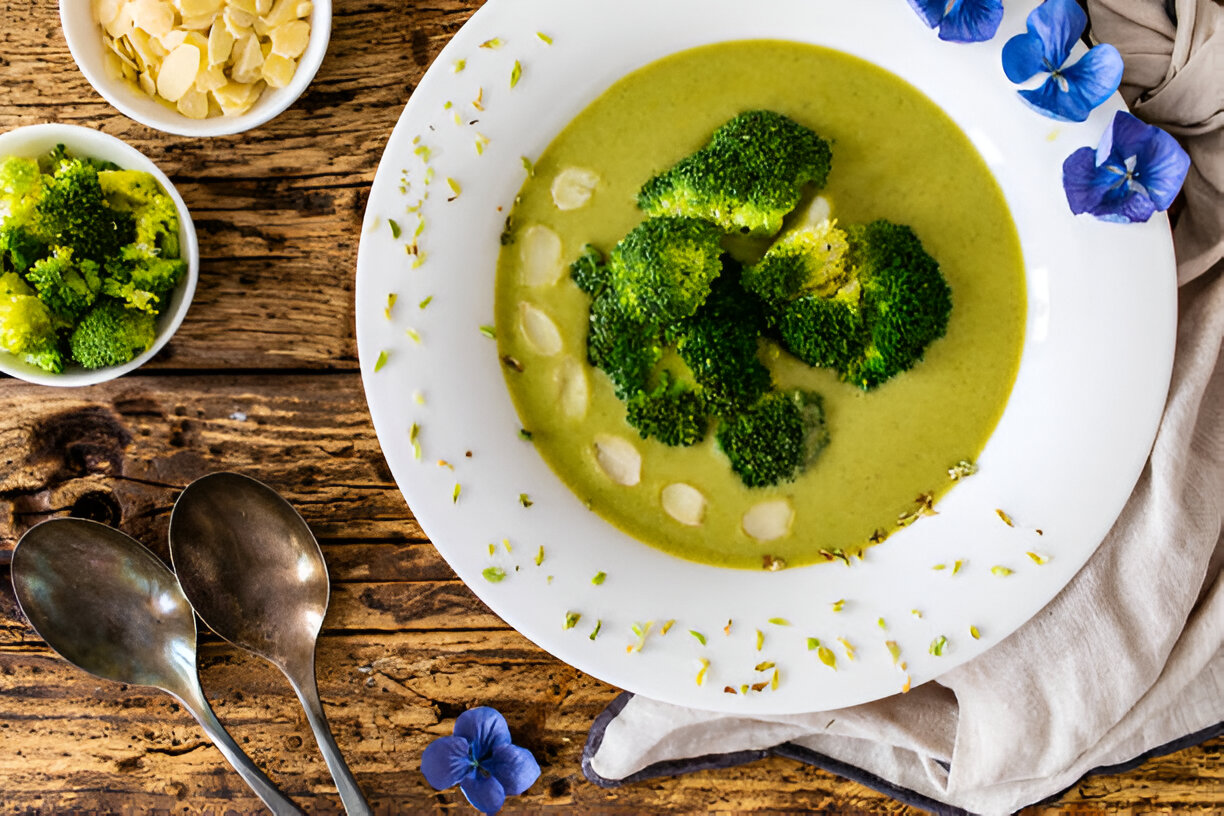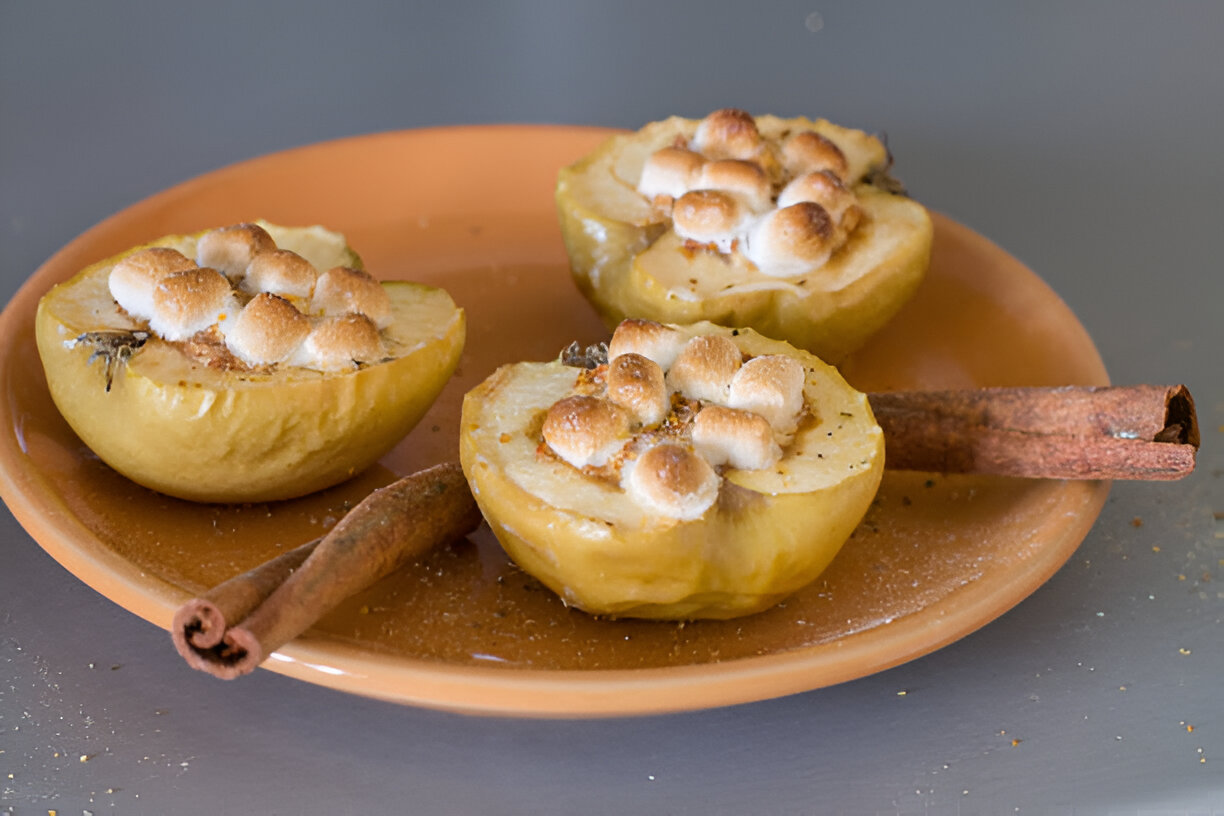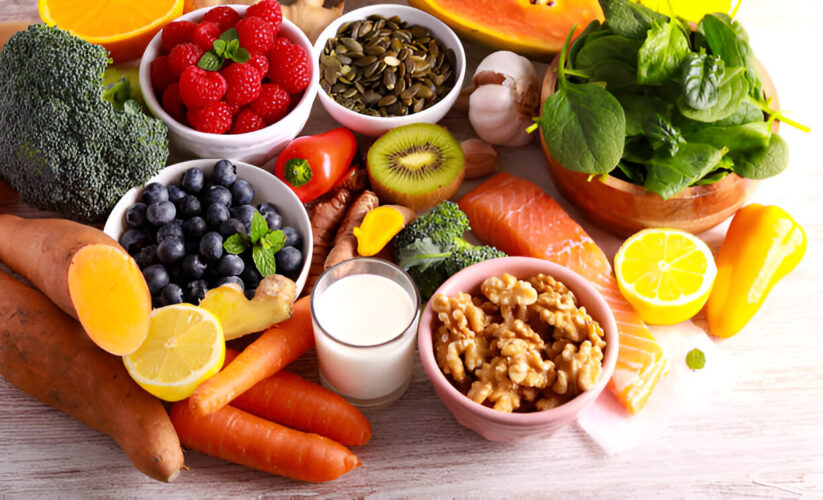
Sunflower Seeds
Banish colds, flu, and H1N1, and boost your immune system this winter with these natural remedy foods.
Tall and sturdy, sunflowers seem to radiate good health — and the seeds of these native North American flowers deliver on that promise. Two tablespoons give you more than a third of your daily requirement of vitamin E. This vitamin helps you resist the flu and upper-respiratory infections by boosting production of T-cells, a type of white blood cell that fights infection.
Pictured here, sunflower seeds are stirred into an autumn greens salad dressed with whole-grain mustard, maple syrup, and cold-pressed sunflower oil.
Brazil Nuts
Everything about these tender, rich-tasting nuts (pictured at top right) is larger than life, from the 150-foot trees they grow on to the amount of cold-fighting selenium they contain. (A single Brazil nut has 95 mcg — nearly double the amount you need in a day.) Your body uses selenium to produce those infection-thwarting T-cells, which in turn destroy bacteria and viruses. Studies show that this antioxidant instigates the good bacteria in our intestines to attack bad bacteria and parasites like E. coli.
Don’t go on a feeding frenzy, though. Too much selenium can be bad for your health; a small handful of nuts every few days is all you need.
Oysters
These bumpy, briny bivalves inspire strong feelings: Gourmands revere them; squeamish eaters avoid them. If you’re in the second camp, you may want to reconsider. High in protein, iron, and calcium, and one of the most environmentally friendly types of seafood you can buy, oysters also stand out when it comes to zinc. Six oysters provide 32 mg of this essential mineral — four times the recommended daily amount. Zinc is so crucial that a deficiency in this mineral causes your body to function as if it’s older than it really is.
Pictured here, oysters are cooked in an antioxidant-rich stew made from sweet potatoes and leeks.
Sweet Potatoes
If you’re looking for a side dish packed with flavor, you can’t beat a sweet potato — in season during the fall in most climates and winter in warmer climates — and few foods rival it for beta-carotene content. The lining of your lungs and digestive system, the front lines of the infection war, depend on this antioxidant (which your body converts to vitamin A) to function properly. In addition, vitamin A protects the thymus gland, the body’s production site for T-cells in children. Roasted, pureed, or fried (as pictured here), there’s no need to hold back: For the most part, the body converts the amount of A it needs.
Shiitake Mushrooms
Cultivated for more than 1,000 years, these meaty, tender Chinese mushrooms have long served as both food and medicine. They owe their reputation as immunity boosters to a type of carbohydrate called beta-glucans. Unlike other immunity nutrients, beta-glucans don’t create or regulate cells within your immune system. Instead, they act as a kind of decoy, boosting your body’s immune response. When you eat shiitakes (or other beta-glucan-containing foods), your immune system reacts as if a harmful substance is present and kicks into high gear to protect you. In a 2004 animal study of swine influenza virus, the group given beta-glucans before infection developed a much milder case of the flu than those untreated. While the swine flu virus studied was not the same strain as the human H1N1 virus, the results show promise for beta-glucans’ ability to prevent and treat the flu.
Pictured here, roasted shiitakes are served with garlic (a fellow superfood) and herbs atop rustic Italian bread.










